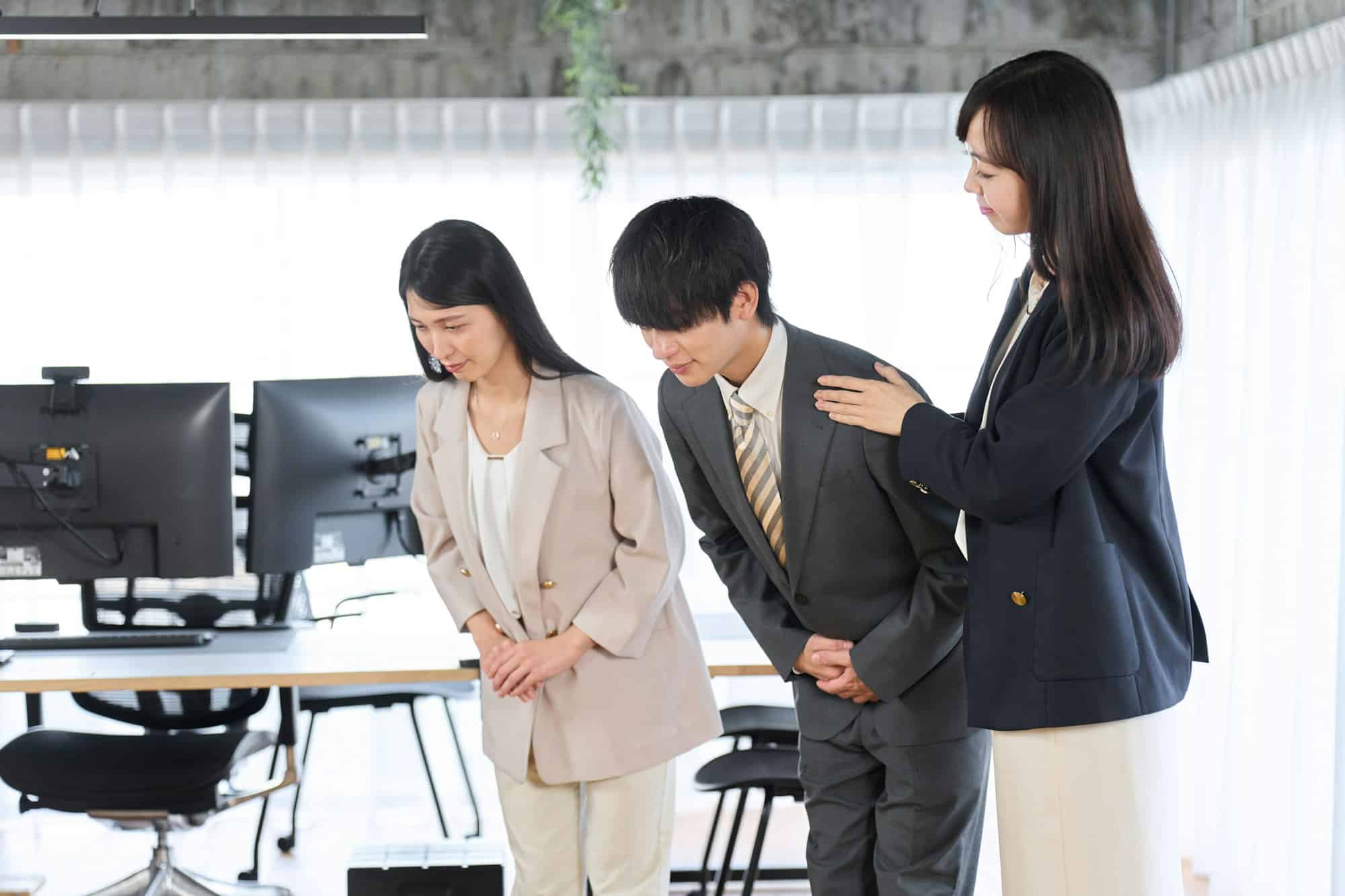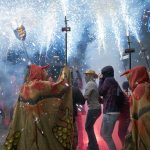The tradition of afternoon tea is a quintessential part of British culture. This revered ceremony, dating back to the early 17th century, is a delightful affair that combines the elegance of high society with the comfort of a homely gathering. If you are planning to attend a British tea ceremony for the first time, you might find yourself apprehensive about the rules and customs. Fear not, this comprehensive guide will not only inform but also empower you with the knowledge to navigate this social event with ease and grace.
Understanding the Historical Significance
Before diving into the do’s and don’ts of a British tea ceremony, it’s crucial to appreciate its historical roots. This section aims to provide a brief yet comprehensive overview of the rich cultural heritage embedded in this tradition.
Avez-vous vu cela : What are the most intriguing Victorian-era museums in London?
British tea ceremonies, also known as ‘afternoon tea’, originated in the elite echelons of the Victorian era, when the Duchess of Bedford introduced the concept to bridge the long gap between lunch and dinner. Over time, it evolved into a social event, with women dressing in their finest clothes and discussing the latest gossip over a cup of tea.
In present-day Britain, afternoon tea has transcended class boundaries and become a popular social event. Many tea rooms, hotels, and even homes uphold this tradition, offering a selection of sandwiches, scones, and pastries along with a variety of teas.
En parallèle : Why london eye tickets Are the Best Way to See the City?
Dressing for the Occasion
When attending a British tea ceremony, your attire should reflect both the formality of the event and your respect for the tradition. This section provides guidance on what to wear to a typical tea ceremony.
There isn’t a rigid dress code for afternoon tea, but it’s always better to err on the side of caution. Men can opt for a smart-casual look, with a button-down shirt and trousers, while women can wear a modest dress or a skirt with a blouse. Remember to avoid loud prints or overly casual attire like denim or sneakers.
Mastering the Art of Tea Drinking
Once you are dressed for the occasion, it’s time to focus on the main event – the tea. This section highlights the intricacies of handling, serving, and drinking tea in a British tea ceremony.
The host or hostess usually pours the tea. When it’s your turn to receive the tea, hold the cup by the handle and saucer beneath it. Avoid stirring your tea vigorously as it can create a clatter, disturbing the tranquil ambiance. Instead, gently swish your teaspoon back and forth without touching the sides of the cup.
To drink the tea, bring the teacup to your lips and sip quietly. Do not slurp or make noise. Once you’re done, place the teacup back on the saucer. Never leave your spoon in the cup or use it to drink tea.
Minding Your Manners at the Table
Table etiquette is equally important in a British tea ceremony. This section outlines the general rules of conduct at the tea table.
Firstly, keep your cellphone on silent and avoid checking it constantly. The tea ceremony is a time to engage in conversation and appreciate the company around you.
When it comes to food, start with the sandwiches before moving on to scones and pastries. Use your fingers to eat sandwiches and your fork for pastries. If butter or jam is served with the scones, use a knife to spread it, never your fingers.
Lastly, always say ‘please’ and ‘thank you’ when asking for or receiving something. Politeness is an integral part of British culture and is expected at a tea ceremony.
Engaging in Conversation
The conversation at a British tea ceremony is as important as the tea itself. This section offers advice on how to converse gracefully at these gatherings.
Remember, a tea ceremony is a social event, so participating in the conversation is encouraged. However, remember to keep the conversation light and pleasant. Avoid controversial topics that might provoke heated debates. Instead, discuss topics like the weather, travel, books, or art.
Also, remember to listen attentively when others are speaking. This not only shows respect, but it also makes the conversation more enjoyable for everyone involved.
In conclusion, attending a British tea ceremony is a unique experience that blends culture, tradition, and socialization. By following these etiquette tips, you can confidently enjoy this classic British experience with the sophistication and style it deserves.
Relishing the Delicacies: Food in a British Tea Ceremony
British tea ceremonies aren’t just about tea; they are also about the traditional delicacies that accompany it. In this section, you will learn about the mouthwatering dishes typically served during an afternoon tea.
The food in a tea ceremony is served in a specific order, on a three-tiered stand. The bottom tier holds sandwiches, typically with fillings like cucumber, smoked salmon, or egg and cress. The sandwiches are cut into small, bite-sized pieces, making them easy to eat with your fingers.
The second tier is reserved for scones, a type of British bread roll. They are usually served warm, with clotted cream and jam. The traditional method of eating a scone is to slice it in half, spread a layer of jam, followed by a dollop of clotted cream. However, there is a long-standing debate between the "cream first" and "jam first" camps, but the choice is personal and depends on your preference.
The top tier is home to a variety of pastries and cakes, including classics like Victoria sponge and Battenberg cake. These sweet treats are often enjoyed towards the end of the tea ceremony.
Drinking tea while nibbling on these traditional treats is an integral part of the tea ceremony. The pairing of the fragrant black tea and the array of savories and sweets provides a blend of flavors that is quintessentially British.
Exploring Different Types of British Tea Ceremonies
While the term ‘afternoon tea’ is often used interchangeably with ‘high tea’, they refer to different types of British tea ceremonies. This section will familiarize you with these different tea traditions and help you understand their unique characteristics.
Afternoon tea, as we’ve discussed, is a light meal served in the late afternoon, typically between 3 p.m. and 5 p.m. It includes tea served with sandwiches, scones, and pastries. This tradition was popular among the upper class in the 19th century and has since become a beloved part of British culture.
On the other hand, high tea was traditionally a working-class meal served at the end of the workday, around 5 p.m. or 6 p.m. It was more of a hearty, substantial meal, with dishes like meat pies, baked beans, and cheese, along with tea. Despite its name, high tea is a more casual affair compared to afternoon tea.
Apart from these, there are also Cream Teas and Tea Gardens. Cream Tea is a simpler version of afternoon tea, focusing mainly on scones, jam, and cream. Tea Gardens are outdoor spaces where people can enjoy tea and light refreshments, usually during summer.
In Conclusion
Navigating a British tea ceremony can seem daunting at first, but with these etiquette tips in hand, you can enjoy this cultural experience to the fullest. Whether it’s choosing the appropriate attire, mastering the art of tea drinking, respecting table manners, engaging in pleasant conversation, relishing traditional delicacies, or understanding the different types of tea ceremonies, each aspect contributes to the unique charm of the event.
Remember, a tea ceremony is not just about the tea; it’s about appreciating the culture, tradition, and camaraderie that it fosters. So, next time you attend an afternoon tea, high tea, or any other tea party, embrace the spirit of the occasion, soak in the experience, and, most importantly, enjoy your cup of tea!










